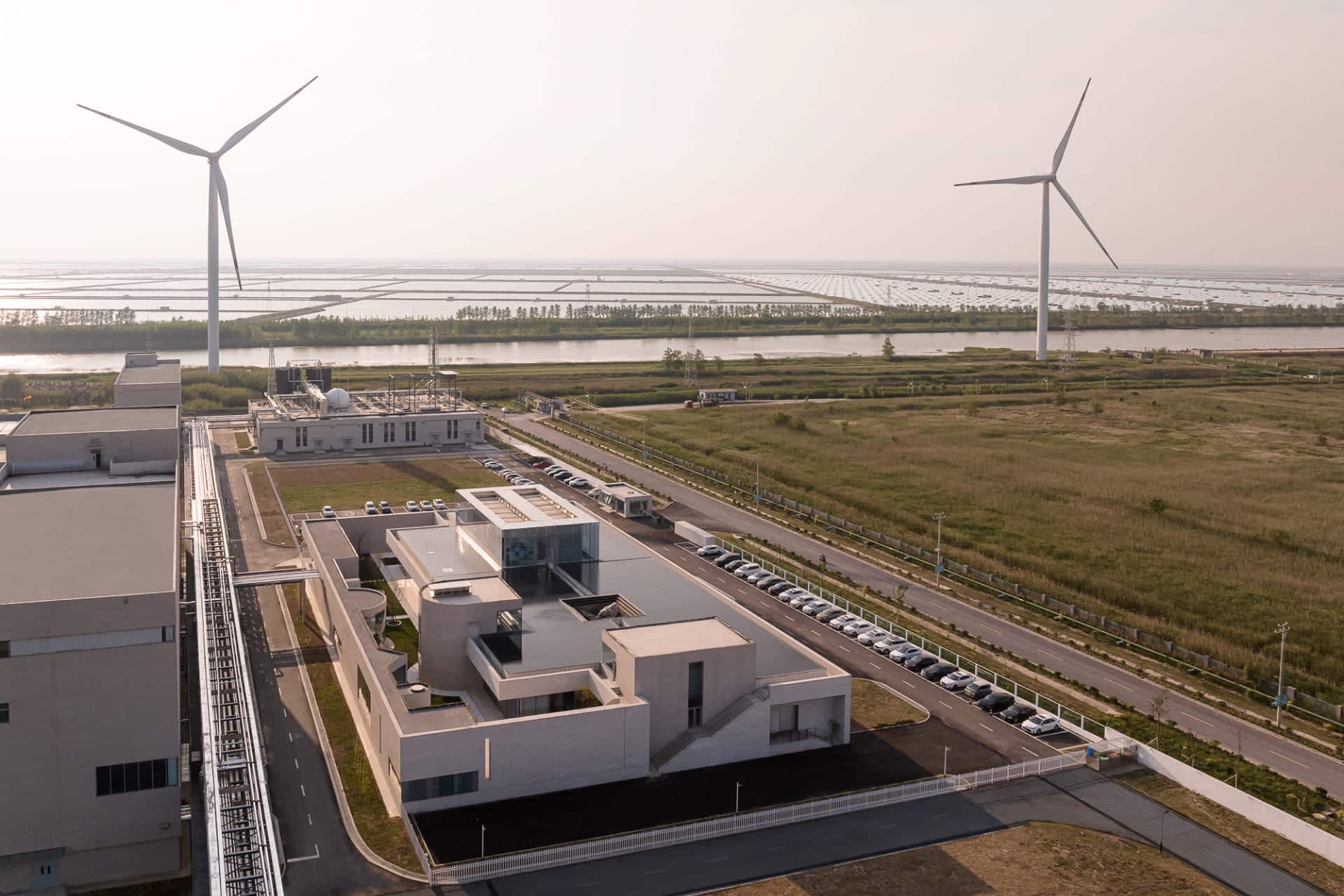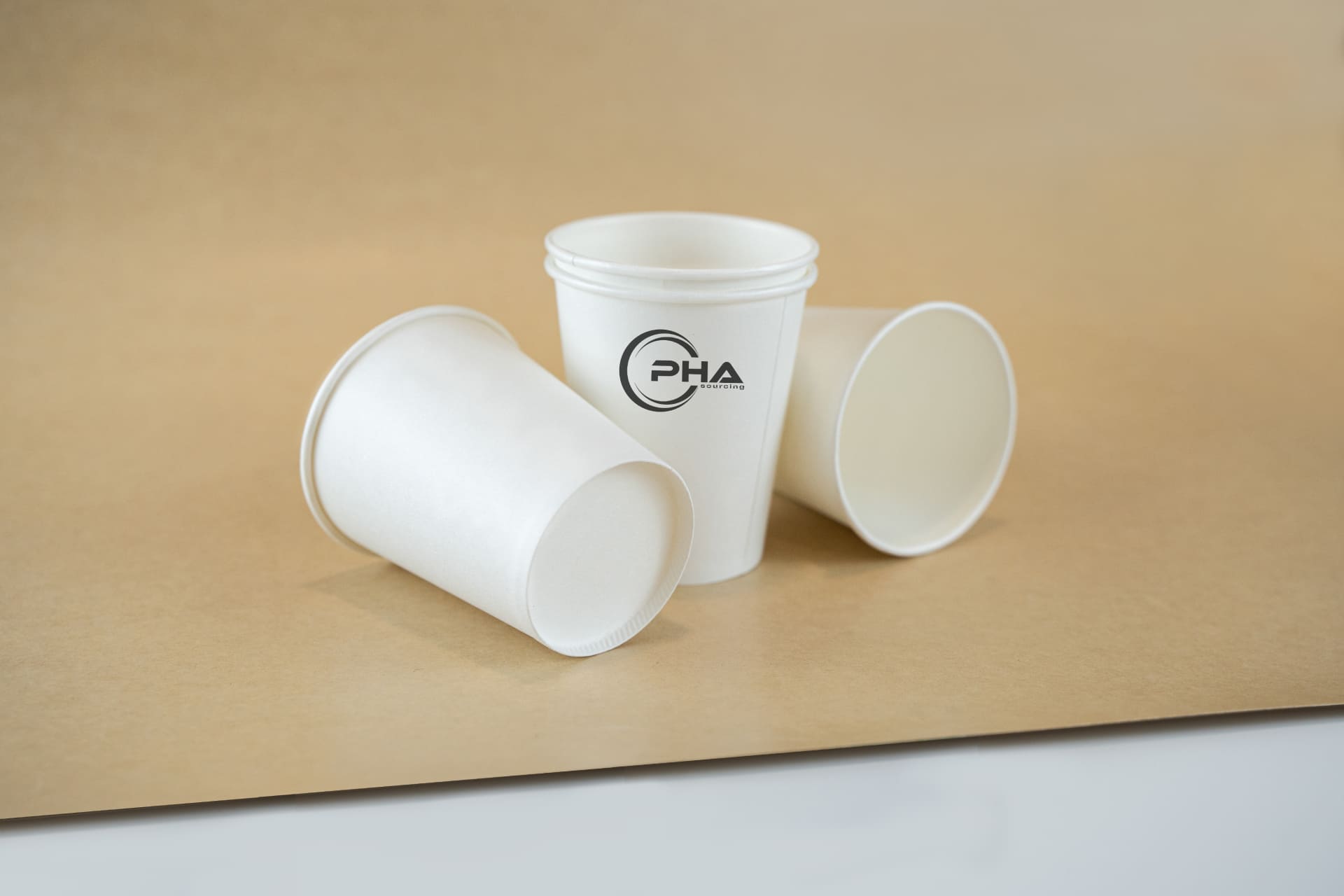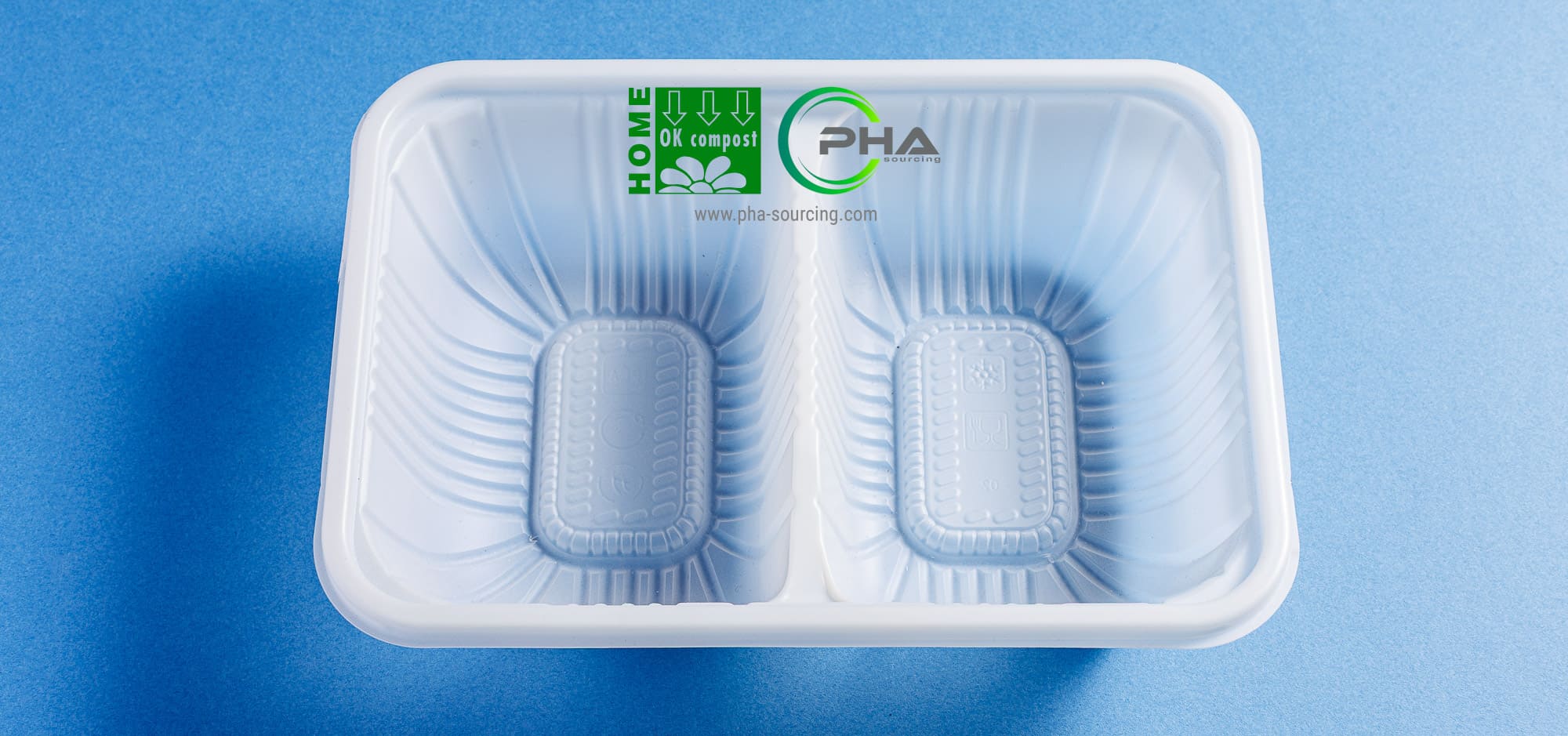The Australian flexible packaging market is on a strong growth trajectory, driven by rising demand in the food and beverage industry and increasing adoption of sustainable packaging solutions. A recent report projects the market to expand from USD 1.1 billion in 2023 to USD 1.68 billion by 2030, reflecting a CAGR of 5.89%. This growth is fueled by advancements in material technology, regulatory shifts, and a growing consumer preference for eco-friendly alternatives.
Key Drivers of Market Growth
1. Rising Demand in the Food and Beverage Industry
Flexible packaging is widely used in the food and beverage sector, offering advantages such as extended shelf life, lightweight convenience, and cost-effectiveness. The surge in on-the-go consumption and the expansion of e-commerce-driven food delivery services have further propelled demand. Materials such as paper, polyethylene, and bioplastics are at the forefront of this shift, providing versatile solutions for different product categories.
2. The Shift Towards Sustainable and Eco-Friendly Packaging
Growing environmental concerns and strict government regulations on single-use plastics are accelerating the demand for sustainable packaging materials. Paper-based packaging has gained traction due to its recyclability and biodegradability, but there is also increasing interest in bioplastics, particularly those derived from renewable resources.
Among these alternatives, PHA-based flexible packaging is emerging as a highly promising solution. Unlike conventional plastics, PHA is fully biodegradable and breaks down naturally in marine, soil, and composting environments without leaving harmful microplastics. Companies looking to transition to more sustainable materials can explore PHA-based flexible packaging solutions, which combine performance, durability, and environmental benefits. Learn more about these innovations in PHA flexible packaging.
3. Innovations in Material and Packaging Technologies
Continuous technological advancements in flexible packaging are further shaping the industry. High-barrier films, compostable packaging, and smart packaging technologies (such as QR codes for product tracking) are driving market growth. Additionally, brands are seeking materials that balance sustainability with functionality, making biopolymers like PHA a compelling choice.
Bioplastics and Their Role in the Future of Packaging
As regulations tighten around traditional plastics, bioplastics are playing an increasing role in packaging sustainability. Among the different types, polyhydroxyalkanoates (PHA) stand out due to their fully biodegradable nature and ability to be produced from renewable raw materials.
Unlike PLA, which requires industrial composting facilities, PHA degrades in natural environments, making it an ideal choice for food packaging, single-use applications, and flexible films. This aligns with the industry’s shift toward low-impact, circular economy solutions. To understand how PHA bioplastics compare to other sustainable options, visit our guide on bioplastic types.
Market Segmentation and Material Preferences
By Material Type
- Paper – A leading choice for sustainable packaging.
- Aluminum Foil – Offers excellent moisture and oxygen barriers.
- BOPP Films – High tensile strength and clarity.
- Polyethylene (PE) and PET – Traditional plastic solutions with improved recyclability efforts.
- Bioplastics (PHA, PLA, and others) – Compostable and derived from renewable feedstocks.
By Application
- Food & Beverages – The dominant sector, driven by convenience food and sustainability concerns.
- Pharmaceuticals – Demand for tamper-proof and lightweight packaging.
- Personal Care & Cosmetics – A growing need for recyclable and biodegradable solutions.
- Retail & Consumer Goods – Expanding use of sustainable flexible packaging for e-commerce.
Challenges and Market Constraints
1. Regulatory Compliance and Sustainability Goals
While sustainability goals are pushing brands toward bioplastics and other alternatives, meeting new government standards requires investment in recyclability, compostability, and circular design strategies.
2. Balancing Performance with Eco-Friendliness
Although paper and biodegradable materials are popular, they must meet industry expectations for durability, moisture resistance, and product preservation. PHA-based flexible packaging bridges this gap by offering biodegradability without compromising performance. Discover how businesses are integrating PHA solutions into different sectors in PHA applications.
3. Competition from Traditional Plastics and Rigid Packaging
Despite the benefits of bioplastics and paper packaging, traditional plastics still dominate certain industries due to their cost-effectiveness and durability. However, as PHA technology advances, it is becoming a viable competitor to petroleum-based packaging in various applications.
Future Outlook and Opportunities
The Australian flexible packaging market is expected to evolve rapidly, with several trends shaping its future:
- Integration of Smart Packaging Features – Enhancing traceability and consumer engagement.
- Growth in Direct-to-Consumer Models – Accelerating the demand for sustainable shipping materials.
- Advancements in Recycling Technologies – Improving the viability of compostable and biopolymer packaging.
- Scaling of PHA Bioplastics – Expanding the adoption of fully biodegradable, high-performance materials.
Conclusion
The flexible packaging industry in Australia is experiencing a sustainability-driven transformation, with bioplastics like PHA emerging as a key player. As businesses work to align with regulatory changes and consumer demand, innovative solutions such as PHA-based flexible packaging offer a practical and environmentally responsible alternative.
To explore more about how PHA solutions can fit into your industry, visit our detailed guide on PHA products.





